Social media has come a long way since the early days of MySpace, and today’s landscape of social media platforms is vastly different. Understanding the evolution of social media is important for both marketers and users. From the rise of social media in the early 2000s to the emergence of new platforms such as TikTok, it’s essential to know how social media has changed over time. In this article, we will explore the history of social media, the evolution of popular platforms such as MySpace, and the latest addition to the social media landscape – TikTok. We’ll also answer some important questions related to the subject and discuss the significance of the evolution of social media for marketers and users. So, let’s dive in!
The Rise of Social Media
Social media is a platform that enables users to create, share, and interact with content. The first social media platform, Six Degrees, was launched in 1997. It allowed users to create profiles, connect with friends, and send messages. However, it was not until the early 2000s that social media started gaining popularity. Friendster, which was launched in 2002, became the first social media site to attract millions of users. It allowed users to create profiles, add friends, and share photos and messages.
In 2004, Facebook was launched and quickly became the most popular social media platform. It allowed users to create profiles, add friends, share photos and videos, and join groups. Twitter was launched in 2006 and became popular for its micro-blogging feature, where users could share short updates with their followers. The evolution of social media continued with the launch of Instagram, Snapchat, and other platforms, each with its unique set of features and functionalities.
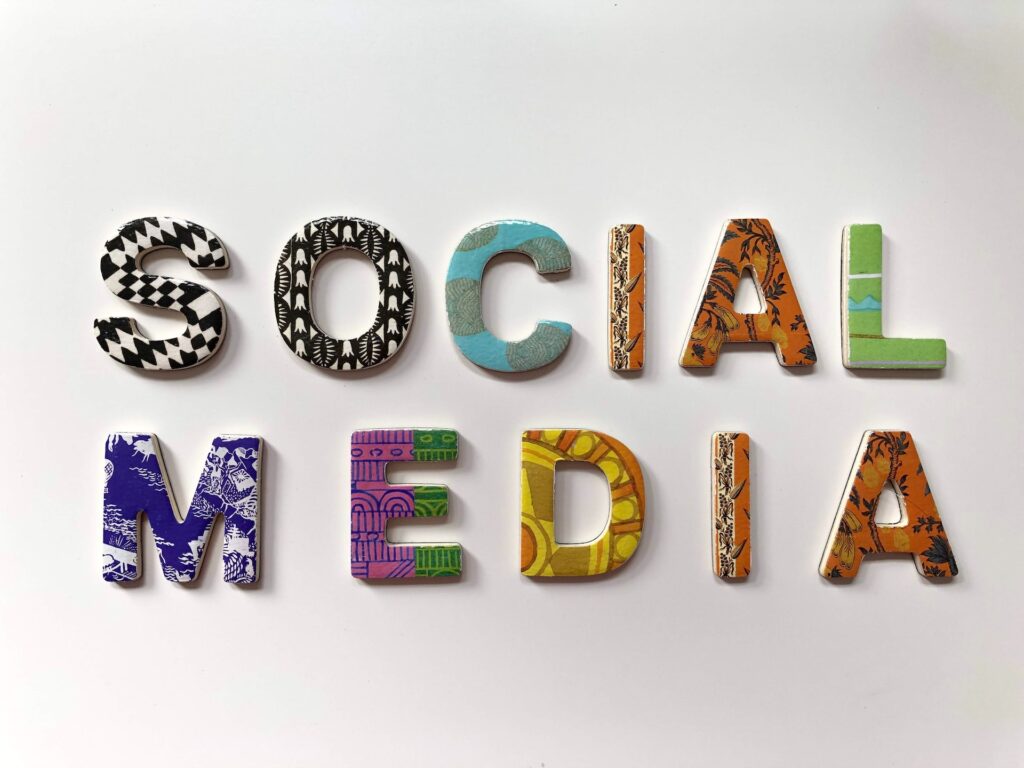
The Evolution of Social Media
Since the early days of social media, the platforms have evolved dramatically. MySpace was one of the first popular social media platforms, and it was revolutionary because it allowed users to customize their profiles with music, backgrounds, and more. However, it was eventually overtaken by Facebook, which had a simpler interface and a wider user base. Facebook quickly became the dominant social media platform, and it remains one of the most popular platforms to this day.
Other platforms such as Twitter, Instagram, and Snapchat have also risen to prominence in recent years. These platforms differ from older platforms such as MySpace and Facebook in several ways. For example, Twitter is known for its short-form content, while Instagram is primarily focused on visual content. Snapchat, on the other hand, allows users to share temporary content that disappears after a set amount of time.
One of the key ways that social media has changed over time is in the way that it is used for marketing. Initially, social media was seen as a way for businesses to connect with customers and build brand awareness. However, as social media has become more popular and more sophisticated, it has also become an important tool for advertising and driving sales. Social media marketing has evolved to include influencer marketing, social media advertising, and other forms of digital marketing that leverage the power of social media to reach audiences.
Overall, the evolution of social media has been characterized by a shift towards simplicity, visual content, and mobile-friendly platforms. Social media has also become an increasingly important tool for businesses and marketers, and its importance is likely to continue to grow in the coming years.
MySpace: The Beginning of Social Media
MySpace was one of the earliest social media platforms and played a pivotal role in the evolution of social media. When it was launched in 2003, MySpace was a platform for users to create personal profiles and connect with friends. It quickly gained popularity, becoming the most visited website in the US in 2006.
One of the reasons why MySpace became so popular was its customizable user profiles. Users could personalize their profiles with custom backgrounds, layouts, and music. MySpace was also popular among musicians and bands, who could create their own profiles and share their music with fans.
MySpace was the first social media platform to feature a “Top 8” friends list on user profiles. This feature allowed users to showcase their closest friends and gave them a sense of social status. MySpace also had a messaging system that allowed users to communicate with each other.
However, MySpace’s popularity declined in the late 2000s with the rise of other social media platforms, such as Facebook and Twitter. MySpace struggled to keep up with these new platforms and failed to innovate. In 2011, MySpace was sold to Specific Media Group and has since been rebranded as a music-focused social media platform.
Despite its decline, MySpace played a significant role in the evolution of social media. Its customizable user profiles and Top 8 friends list influenced the design of other social media platforms, and it paved the way for the social media landscape we know today.
Social Media Platforms After MySpace
With the decline of MySpace in the late 2000s, new social media platforms emerged, each with its own unique features and characteristics. One of the most notable platforms to emerge was Facebook, which quickly became one of the most popular social media platforms in the world. Other platforms that gained popularity in the late 2000s and early 2010s include Twitter, Instagram, and Snapchat.
Facebook, which launched in 2004, was initially only available to college students, but eventually opened up to the general public. The platform allowed users to create a profile, connect with friends, and share updates, photos, and videos. Facebook’s popularity grew rapidly, and by 2012, it had over one billion active users.
Twitter, which launched in 2006, allowed users to post short messages, or “tweets,” that could be viewed by anyone. The platform became popular for its real-time updates and its use by celebrities, politicians, and journalists to share news and information.
Instagram, which launched in 2010, was initially only available on Apple devices and allowed users to share photos and short videos. The platform became known for its filters and editing tools, which allowed users to enhance their photos before sharing them. Instagram was acquired by Facebook in 2012 and has since become one of the most popular social media platforms in the world.
Snapchat, which launched in 2011, allowed users to share photos and videos that disappeared after a short period of time. The platform became popular for its use by younger generations and its unique features, such as filters and lenses.
Overall, these platforms differed from MySpace in several ways. They were more user-friendly, had simpler and more intuitive interfaces, and were designed to be accessed on mobile devices. Additionally, they emphasized visual content, such as photos and videos, over text-based content. While MySpace paved the way for social media, these new platforms took the concept to new heights and established social media as a ubiquitous part of modern life.
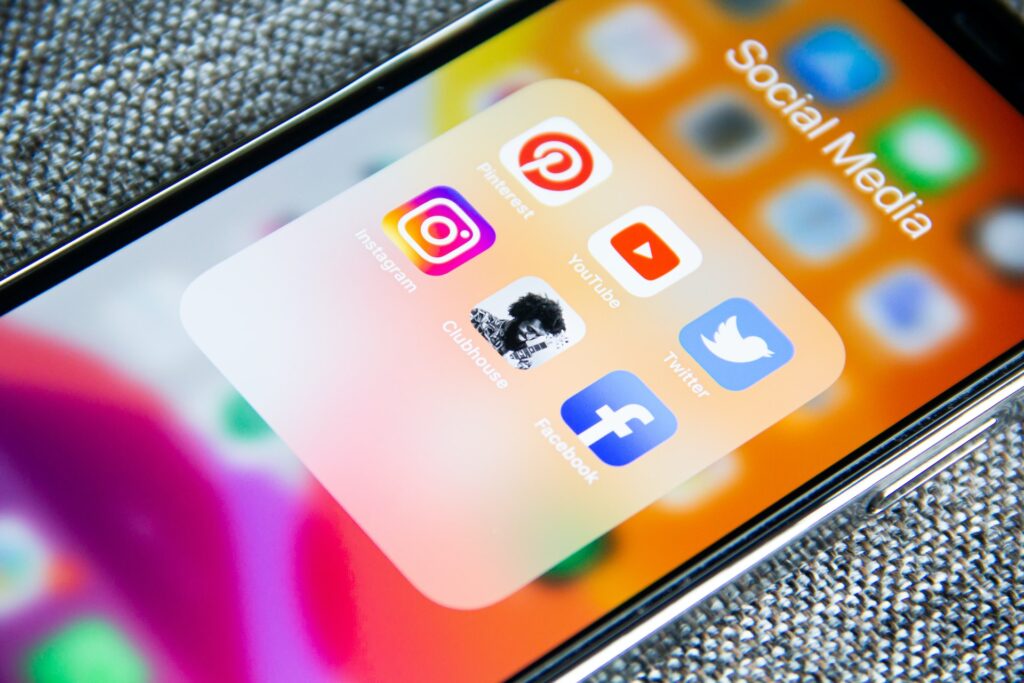
TikTok: The Latest Evolution of Social Media
With over one billion active users worldwide, TikTok has become one of the most popular social media platforms in recent years. Launched in China in 2016, TikTok has rapidly gained popularity among young people around the world, and has transformed the way people create and share content on social media.
Overview of TikTok
TikTok is a social media platform that allows users to create and share short videos, usually set to music. The app is known for its addictive and entertaining content, as well as its algorithm that recommends videos tailored to each user’s interests. TikTok has a wide range of content, including dance challenges, cooking tutorials, comedy skits, and more.
TikTok has brought a new level of creativity and authenticity to social media. Its emphasis on short, snackable videos has led to a new generation of content creators who specialize in creating viral content. TikTok’s algorithm has also made it easier for new creators to gain a following, as the platform prioritizes content based on its popularity, rather than the size of the creator’s following.
Additionally, TikTok has challenged the traditional model of influencer marketing. Instead of relying on celebrity endorsements, TikTok has created a new breed of influencers who are known for their creative and entertaining content. These influencers often have a deep connection with their followers, and can have a significant impact on consumer behavior.
The evolution of TikTok
TikTok’s success has led to the emergence of similar platforms, such as Instagram Reels and YouTube Shorts. These platforms offer similar features to TikTok, including short-form video content and algorithmic recommendations. However, TikTok remains the dominant platform in this space, with its unique content and engaged community.
Looking to the future, it is likely that TikTok will continue to evolve and innovate, as it seeks to maintain its position as a leading social media platform. This could include new features, such as expanded e-commerce capabilities, or partnerships with brands and businesses.
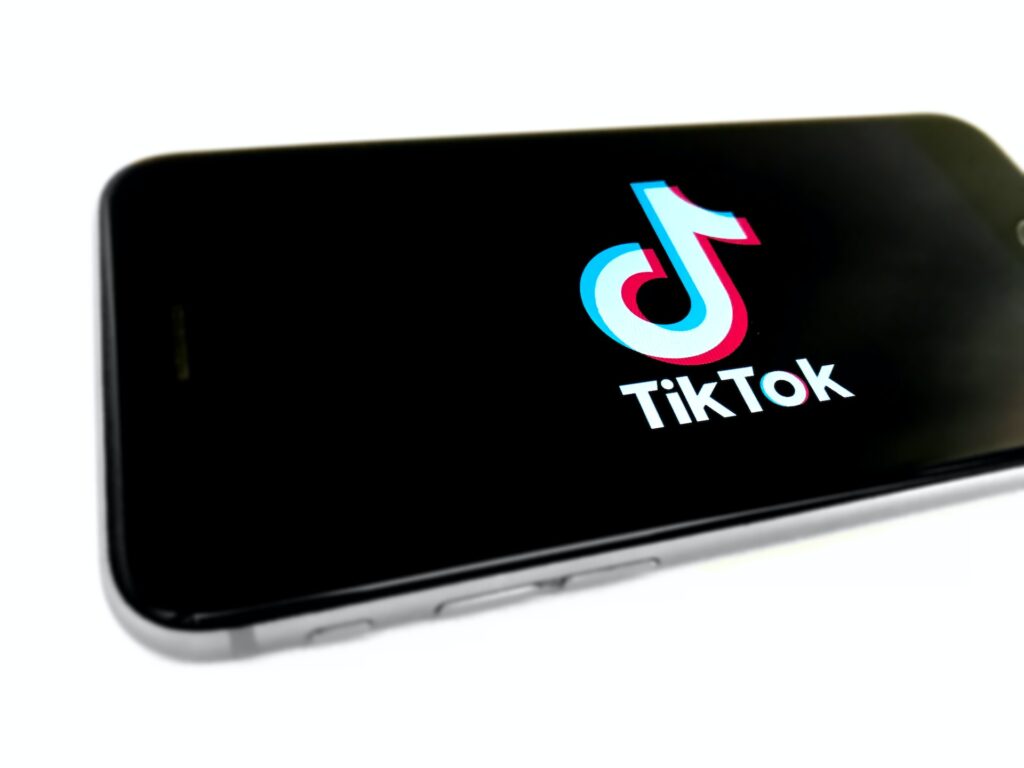
Conclusion
The evolution of social media from MySpace to TikTok has been a wild ride, with each platform bringing new features and functionality to the table. Understanding the history of social media is important for both marketers and users, as it helps to inform strategies and guide behavior on these platforms.
As social media continues to evolve, it is important to stay up to date with the latest trends and changes. Whether it’s the rise of short-form video content, or the increasing importance of influencer marketing, social media is constantly changing and adapting to new technologies and user behaviors.
FAQs
The first social media platform was Six Degrees, launched in 1997.
MySpace was one of the earliest and most popular social media platforms, but it was not the first. Friendster and Facebook were also popular platforms during that time.
Social media started gaining popularity in the early 2000s, with platforms like MySpace and Friendster. The rise of Facebook in 2004 further propelled the popularity of social media.
Facebook emerged as the most popular social media platform after MySpace, followed by other platforms like Twitter, Instagram, and Snapchat.
Photo by cottonbro studio
Video by @artbyjoudy
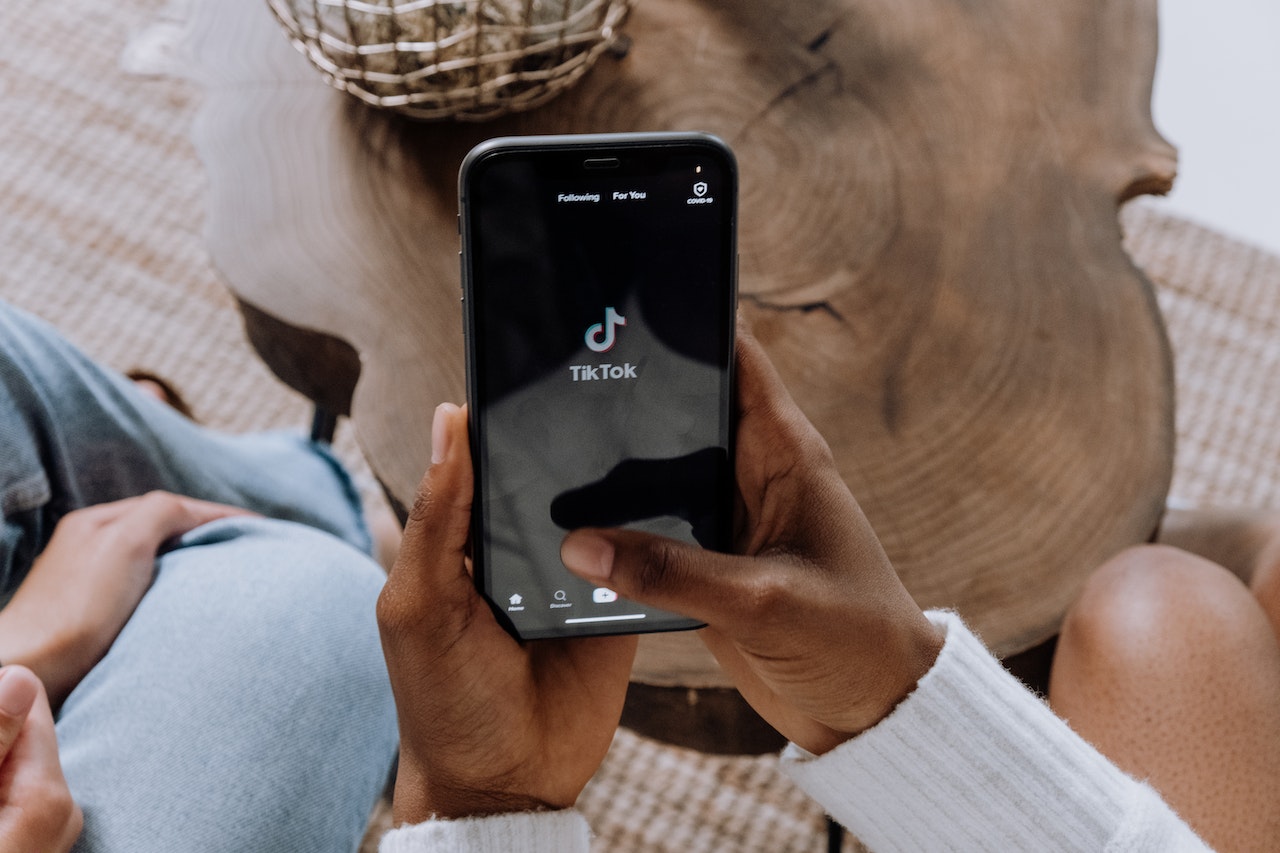


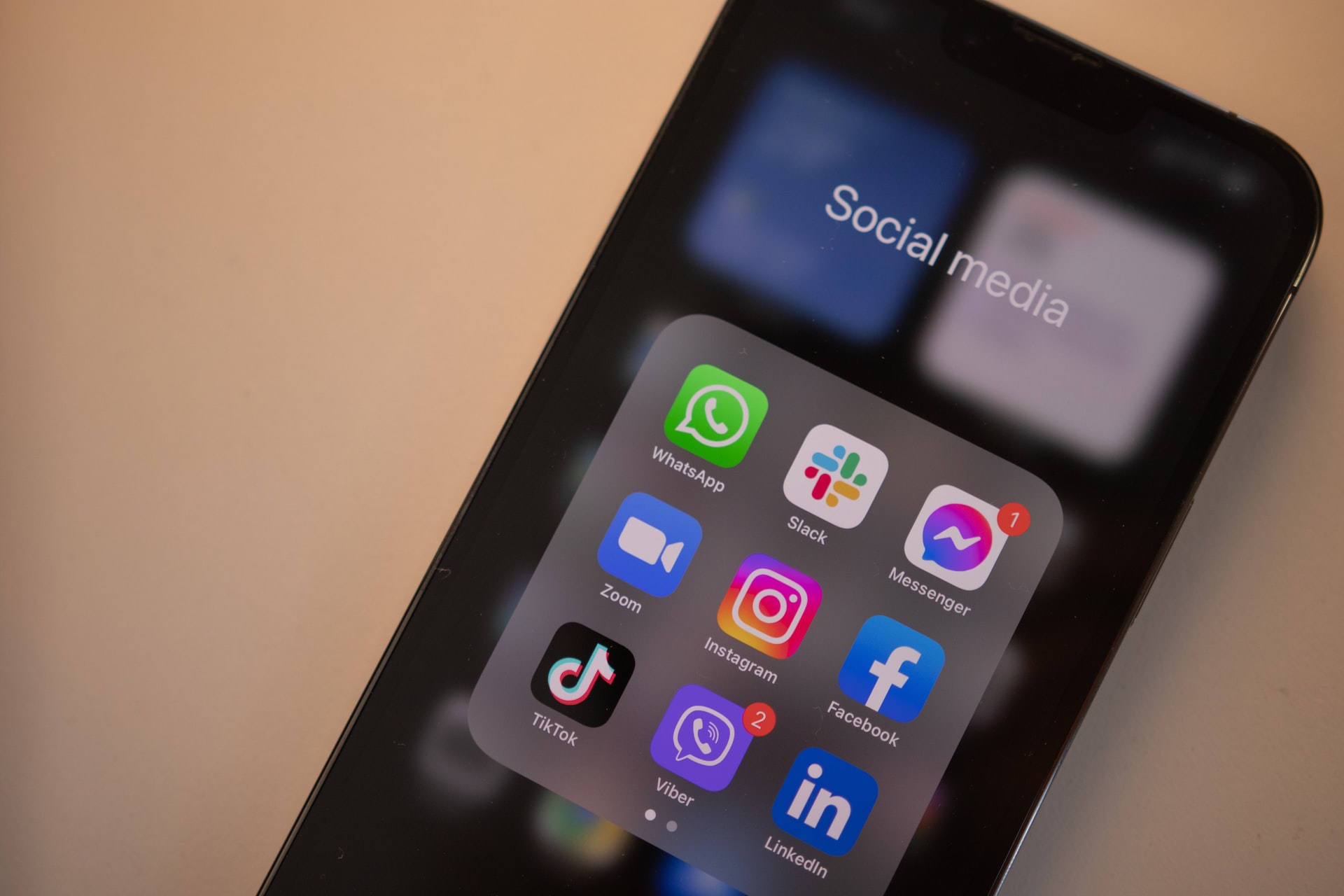
One thought on “The Unstoppable Evolution of Social Media: From MySpace to TikTok”